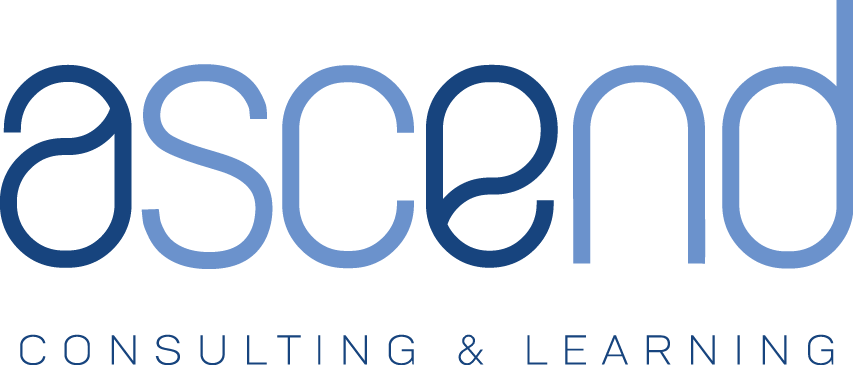In previous posts on this blog, I have written about how the key to good strategy is offering a unique value proposition to your clients that aligns with their unique needs. This unique value has to be grounded in the unique application of the unique resources, capabilities, and activities that exist within your company. Have I said “unique” enough to drive the point home? In order have a successful strategy, you need to provide unique value and you need to know how to market this to the needs of your clients.
In marketing, positioning refers to how your firm is perceived relative to your competitors. Your job as a marketer is to control and align this perception in a way that allows you to beat out your competition. You will be most successful at this if you can position yourself to your clients differently than your competitors in a way that better aligned with those clients’ needs. Luckily there are several tools that can help you think through how to uniquely position yourself against your competitors. Three of these competitive positioning tools that are useful to architect and engineering (A/E) firms are the competitor matrix, the positioning map, and the strategy canvas.
The first competitive positioning tool is a simple competitor matrix to highlight the differences in what you offer from your competitors in the form of what you can do that they can’t, and vice versa. Remember that strategy is both about what to do and not to do. It’s relatively straightforward, so I will illustrate this in an example utilizing the fictitious A/E firm, Green and Greener Designs (GGD) that I introduced in a previous blog post. GGD is a full-services A/E firm that specialized in sustainable and environmentally friendly designs. Their primary clients are developers that are interested in sustainable design and their value proposition centers around providing sustainable building designs. Their clients work or have worked with the following four competitors.

Armed with the above, you should know better what story to tell your clients about how you are different than your competitors. It can help your craft your message. For GGD, this may look something like this:
At Green and Greener Design, we believe in using design to better our environment and our local community. Sustainable, long-term relationships with our clients (some over 20 years and counting) have allowed us to focus on providing full-service designs for buildings with environmental responsibility as a primary goal. We work alongside our clients to volunteer and be stewards of our community. This focus on the future and long-term view has allowed us to consistently succeed together.
In the example above, I used individual firm competitors, but “competitor” can be defined in couple different ways depending on your needs. Your competition could also be defined as competitor groups. The use of competitor groups may be useful for A/E firms if they are trying to position themselves against several groups of competitors that may have similar characteristics, such as large multi-discipline A/E firms, specialty architect or engineer only firms, small local firms, etc. What you use depends on your businesses, the market, and the competition you are conducting the analysis for.
In order for this competitive positioning to be sustainable, it must be supported by the unique resources, capabilities, and activities of your firm. In other words, it needs to be in alignment with your strategy. So, before trying to position yourself against your competitors, you need to have a good understanding of your firm’s underlying competitive advantage, the needs of your clients and how those needs may be evolving. There are other articles on this blog that dive into those topics more deeply.
In upcoming blog posts, I will describe the other two competitive positioning tools: the positioning map and the strategy canvas. Until then, happy competitor matrix-ing…

